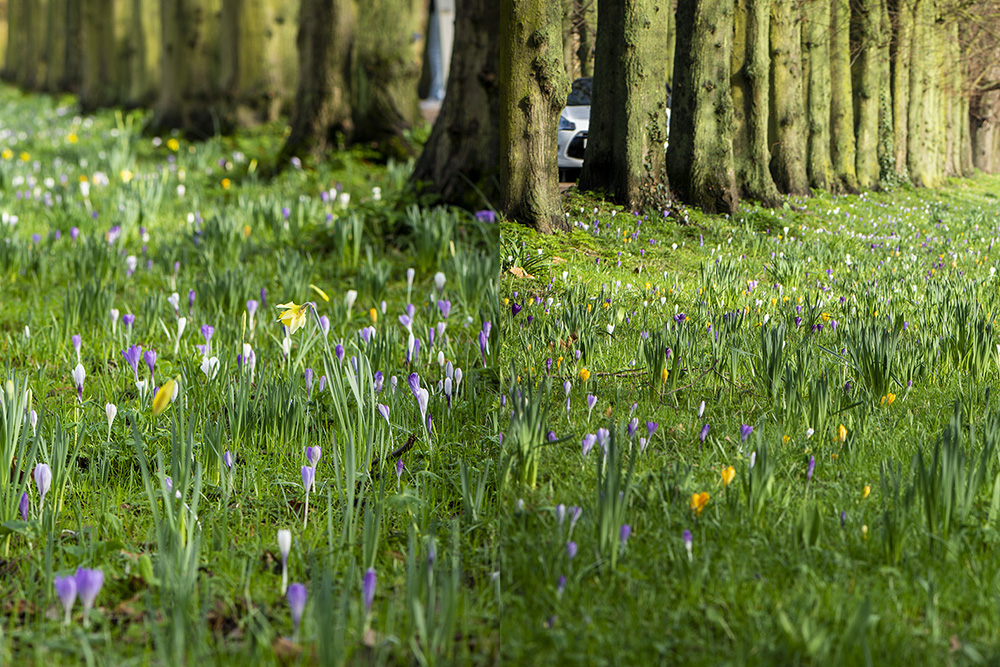20240218 Wabi Sabi
by Andy Corrigan
Listen to Soundscape
An adventure seeking Wabi Sabi.
An Introduction
In contemplating how digital collections relate to ideas of universality, complexity and perfection I wanted to read ‘Wabi-Sabi: for Artists, Designers, Poets & Philosophers’ by Leonard Koren. I couldn’t find a copy in Cambridge University Library, and it felt incongruous to simply buy a copy online. So, I sought about turning this search for a book into a richer experience by visiting Kettle’s Yard to buy a copy in their shop.
This time of year is the perfect opportunity to experience one of the great spring events in Cambridge - the wild flowers springing into life along Queen’s Road and The Backs. There had been heavy rain, but a clear sunny day presented itself. As luck would have it, it was also the final day of ‘Making New Worlds: Li Yuan-chia & Friends’, an exhibition at Kettle’s Yard, which also presented an opportunity to contemplate my adventure through experiencing some art that introduced me to some more thought provoking and pertinent ways of working.
1) The daylight Moon
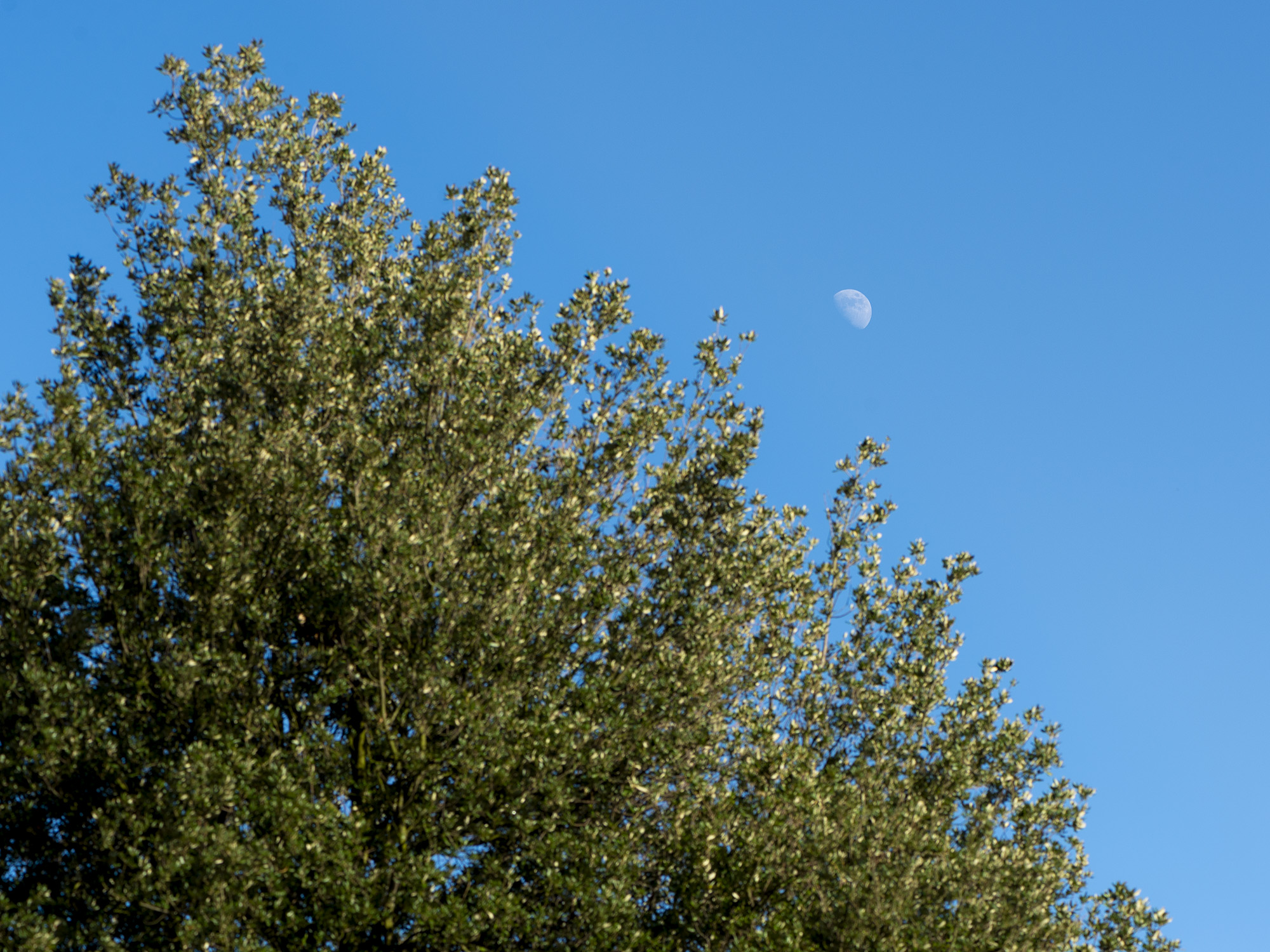
2) The flooded crocus field next to the tranquil road.
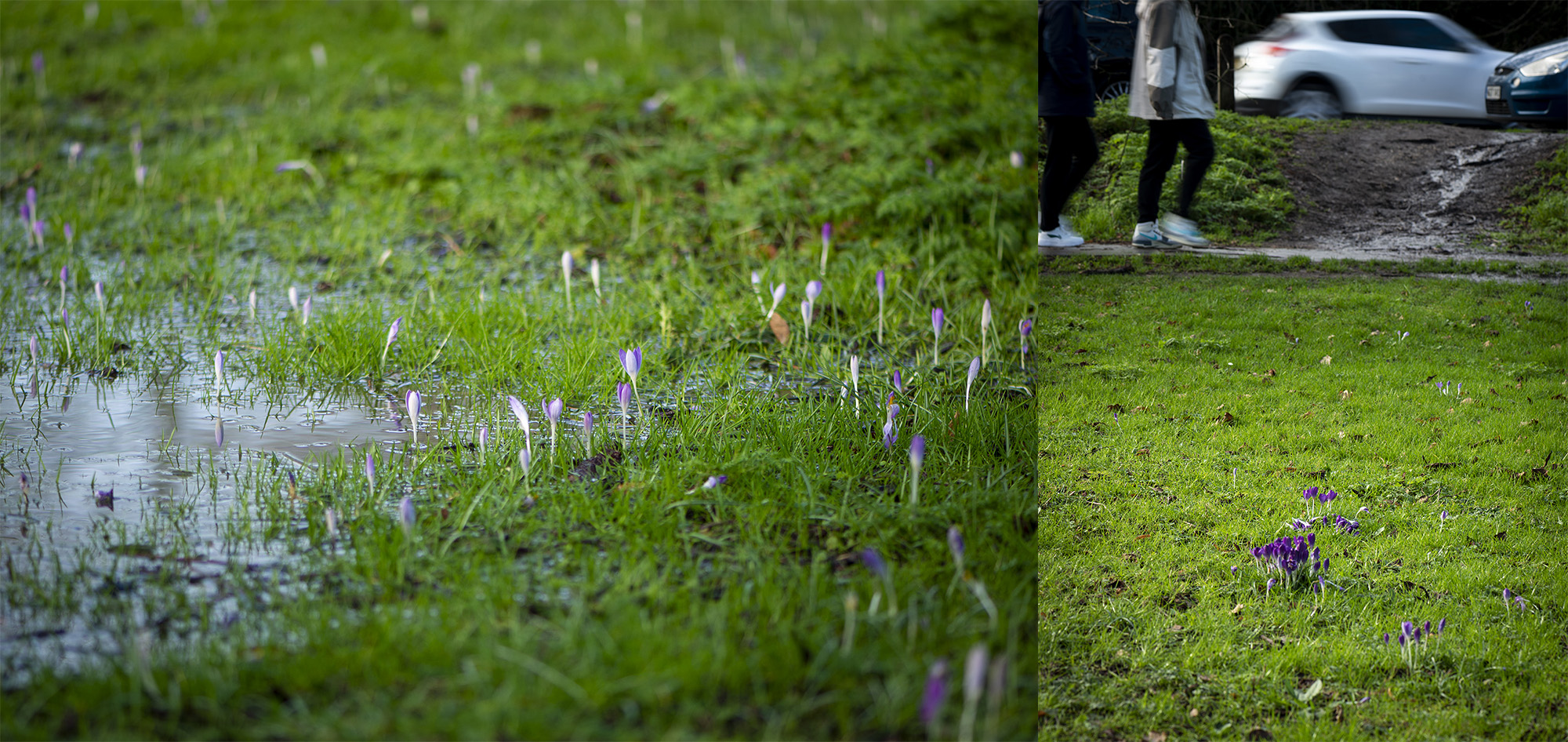
Oliver Rackham ‘Notebook 94’, 1966 (CCCC14/6/2/1/94):
“February 2.
Eranthis, crocus purpureus, and C. tomassiniamus are flowering together in King’s Backs, doubtless as a result of the sudden rise in temperature.
February 3.
Snowdrops are not quite out.
February 4
An owl was heard in Leckhampton.”
3) The squirrels eating the sweet flowers, leaving headless stems.
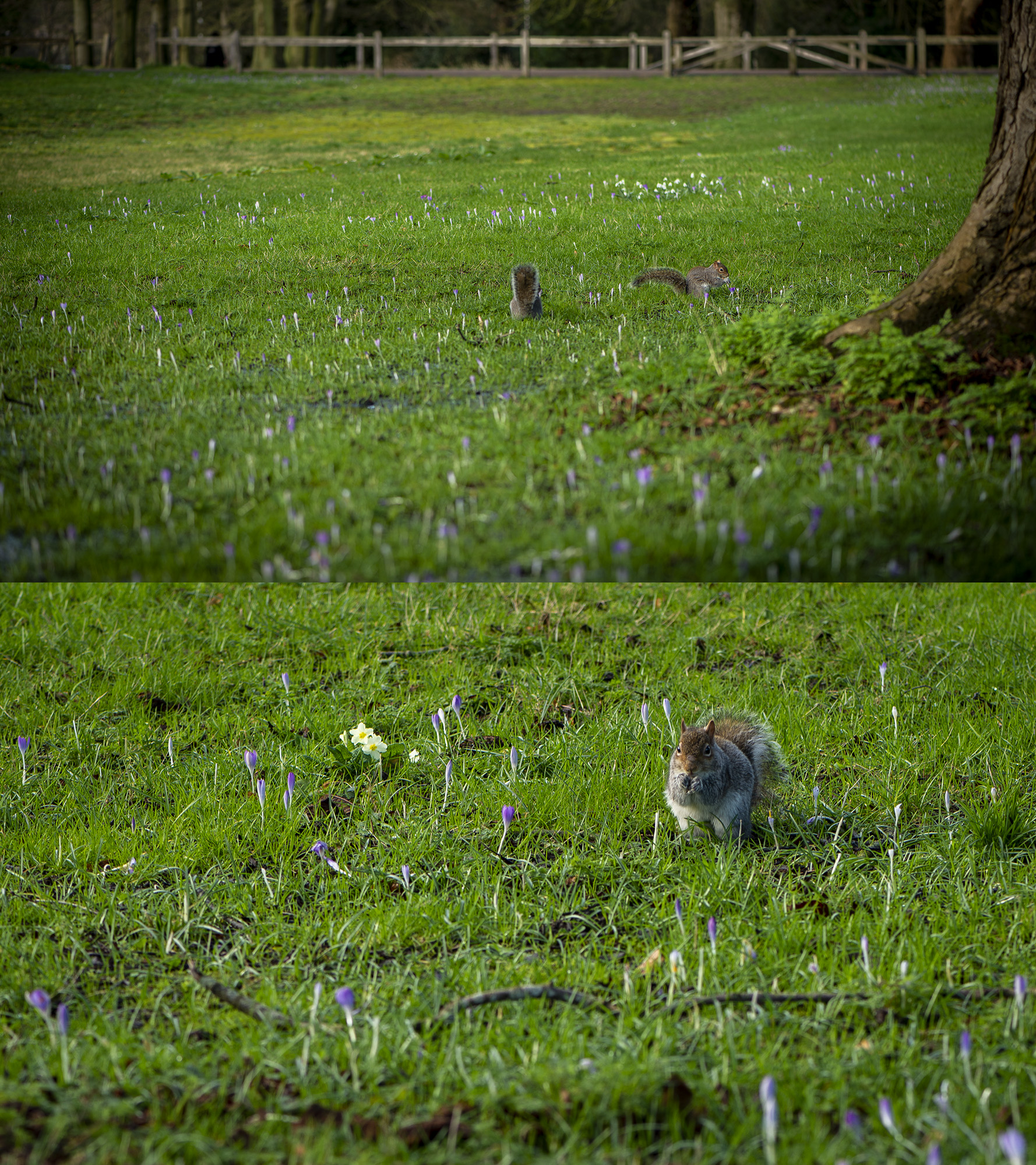
4) The ellipsis and brevity of spring.
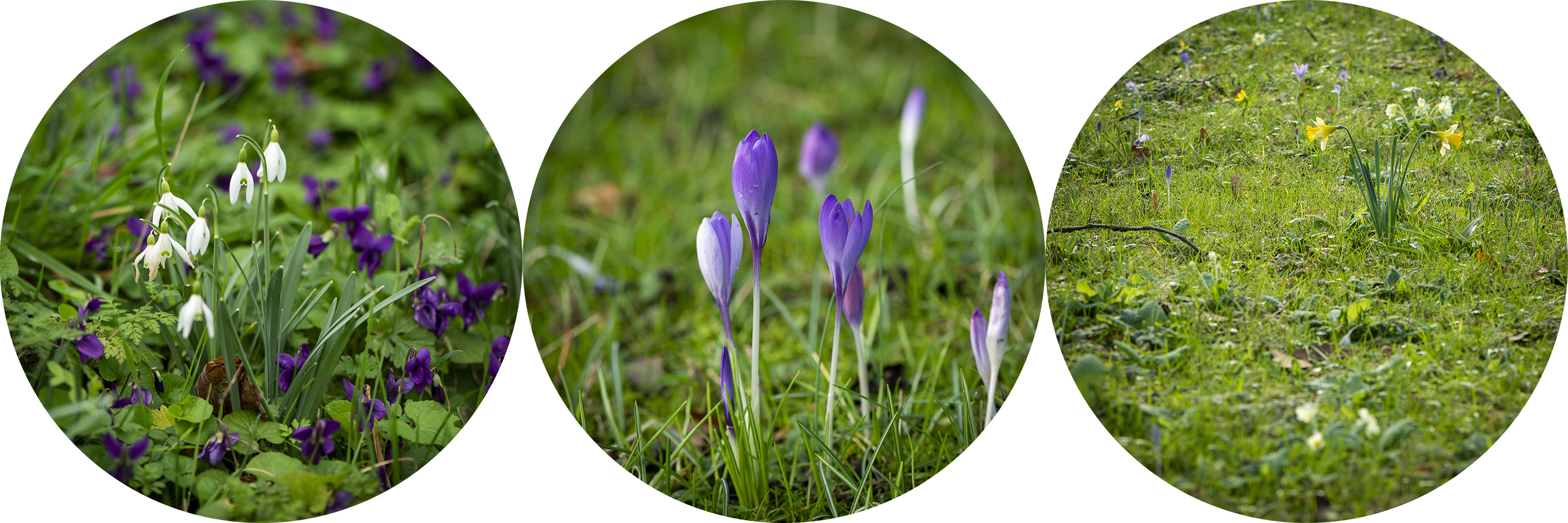
‘Drawings of pottery from pre 1920 Mycenae excavations and comparanda from other Greek Bronze Age sites’ (MCNE-2-3-09):
Drawing of a terracotta Ephyraean goblet, with crocus design. Object excavated at Korakou, Corinth, in 1915 by Blegen.
5) Discarded purple.
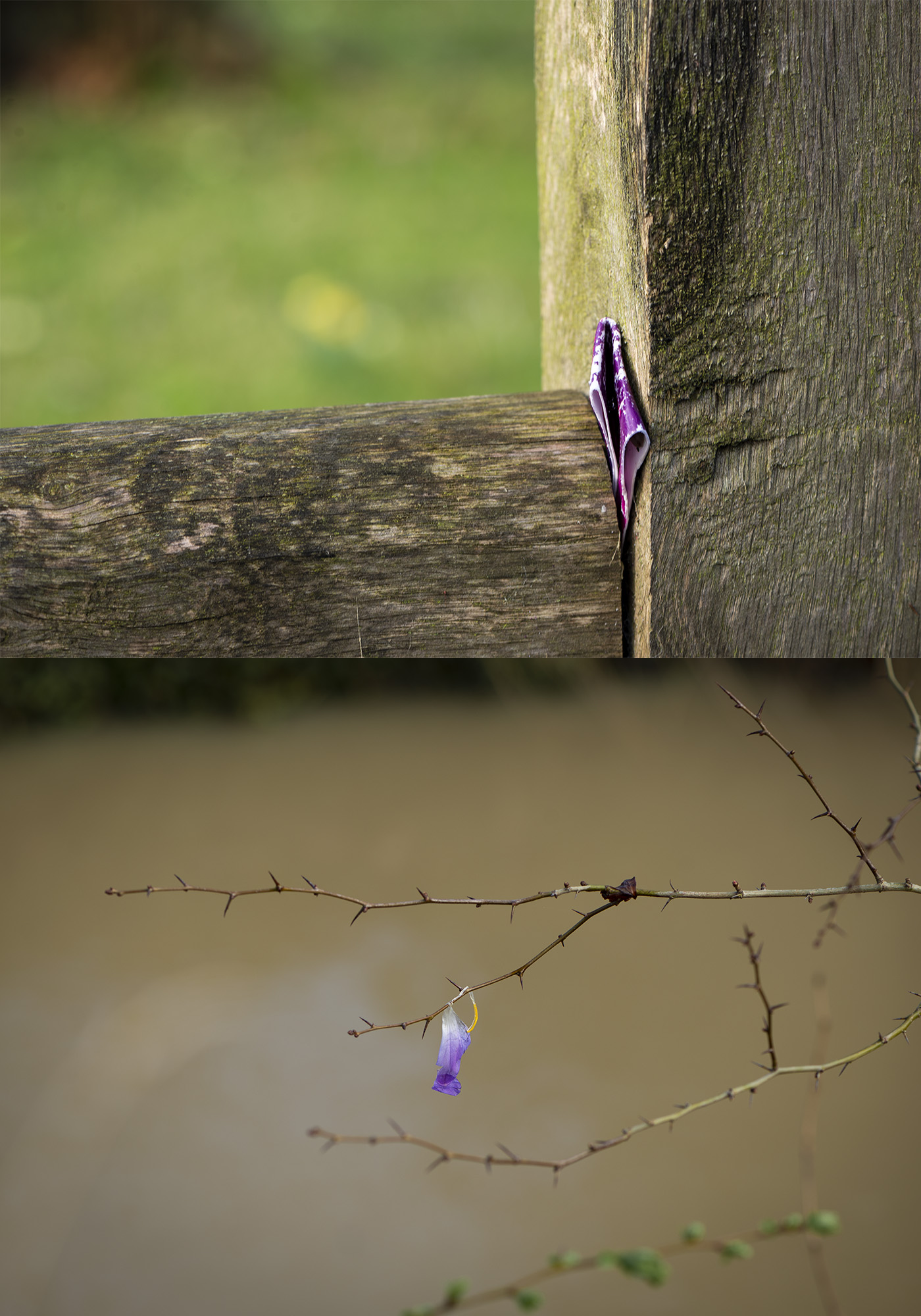
6) The fragile rules.
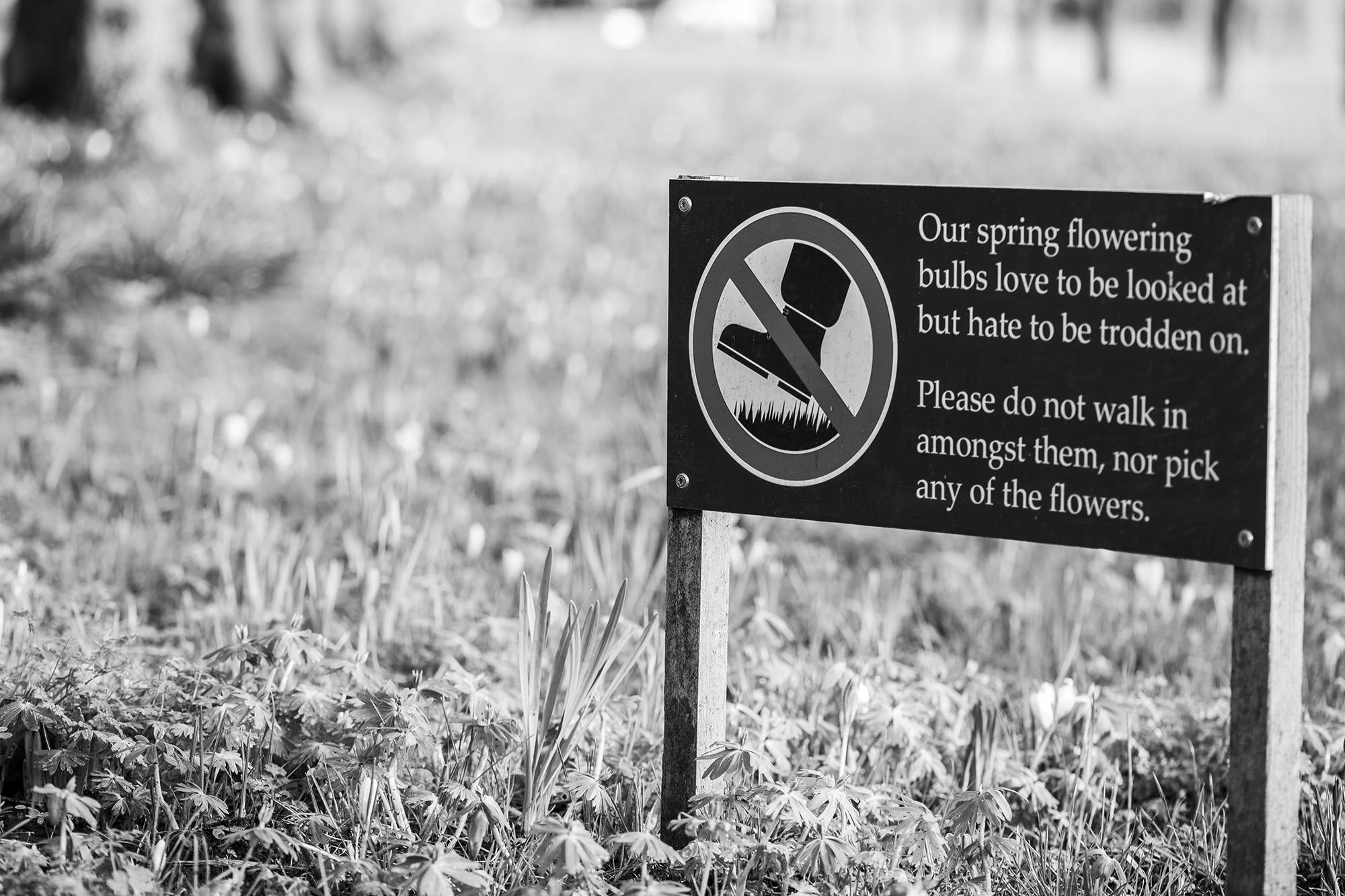
7) There’s two sides to every road.

8) Coiled petals, ready to burst.
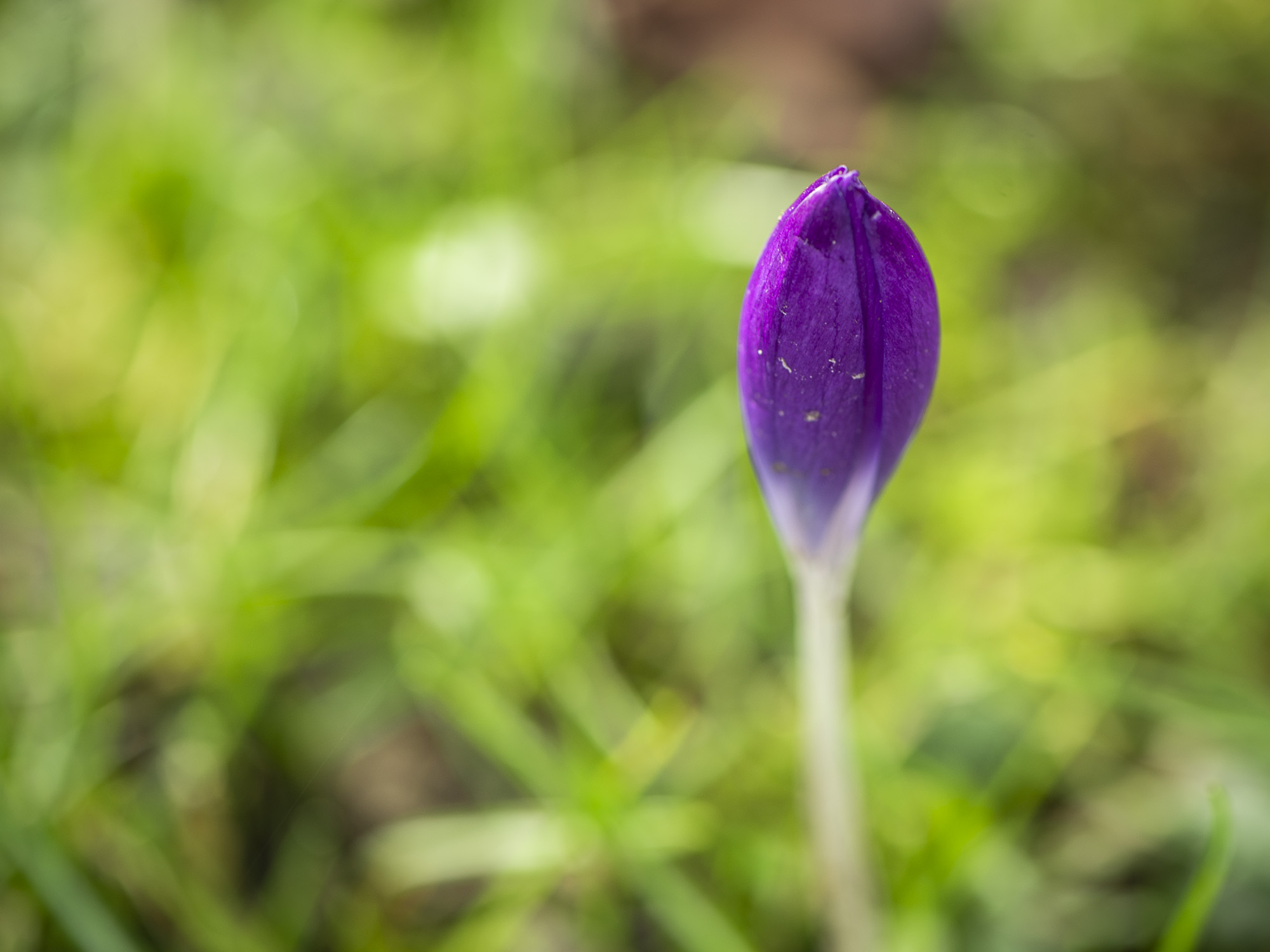
‘Medical recipes’ (Cambridge, University Library, MS Kk.6.33):
Recipe for erysipelas (inflammation)
and
Note on the medicinal virtues of the crocus
9) The bee that doesn’t mind a speck of dirt.
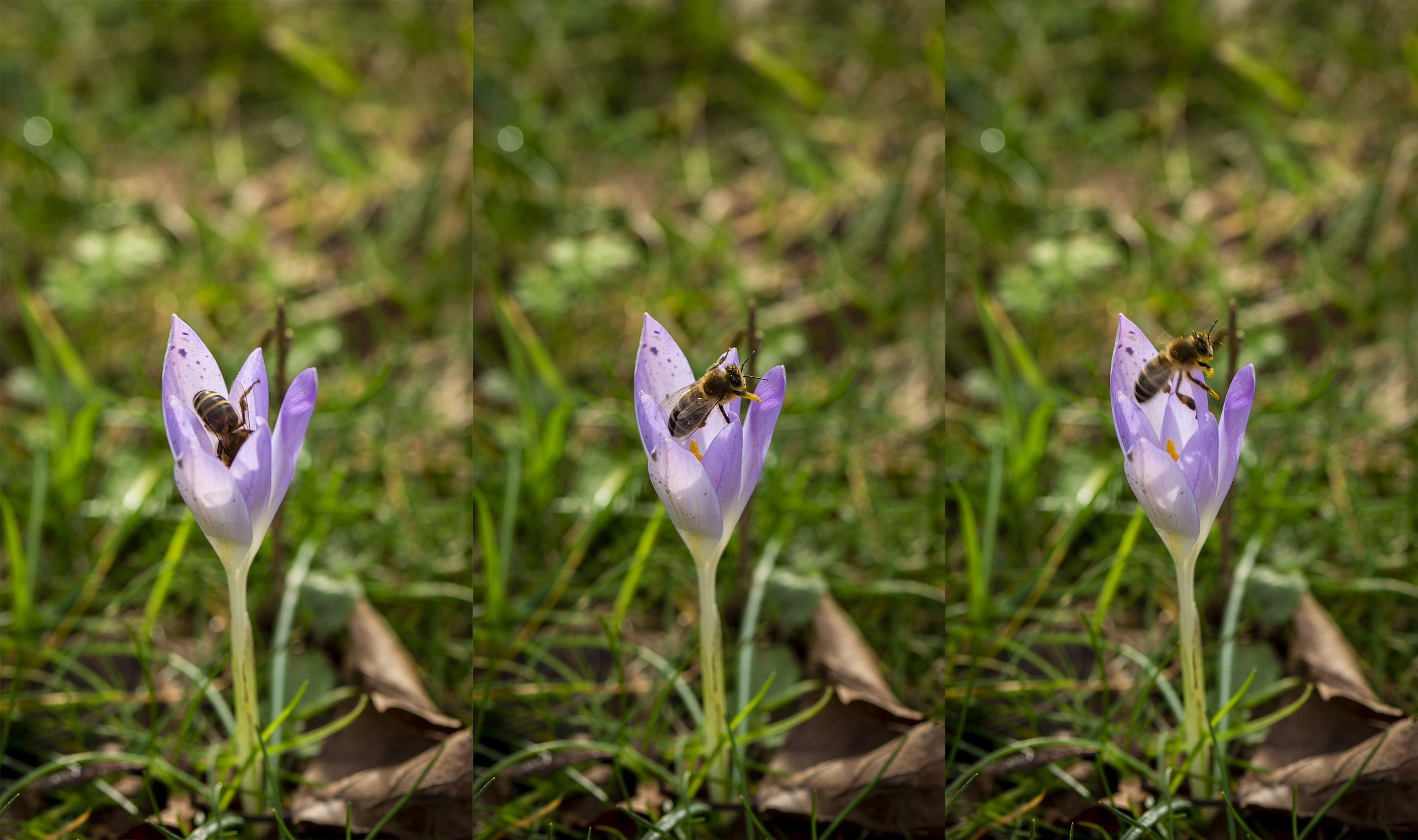
Letter from George Henslow to Charles Robert Darwin, 1 November 1865 (DAR 166: 150)
“Crocus is another as affords (by Bees) means of cross fertilization”
10) The Bin Brook in spate and the still wall.
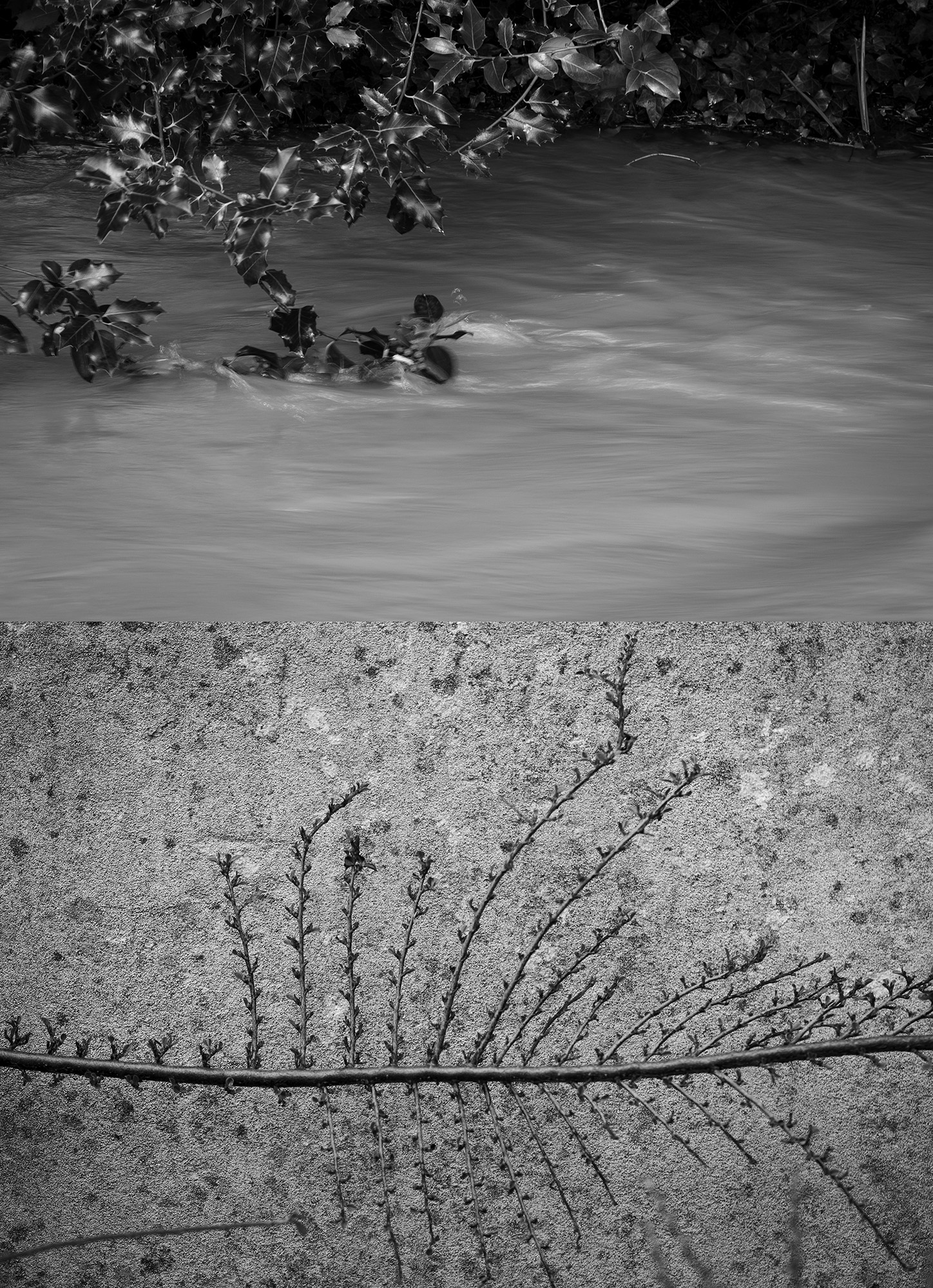
Oliver Rackham ‘Notebook 198’, 1972 (CCCC14/6/2/1/198):
“February 14.
Crocus tomassiniamus in flower in King’s Backs.
February 15.
The river has been frequently in spate in the last few weeks. Water highly coloured. No appreciable overflow.”
11) The tentative mushroom and the tumbling torrent.

12) Reflecting pools in the landscape.
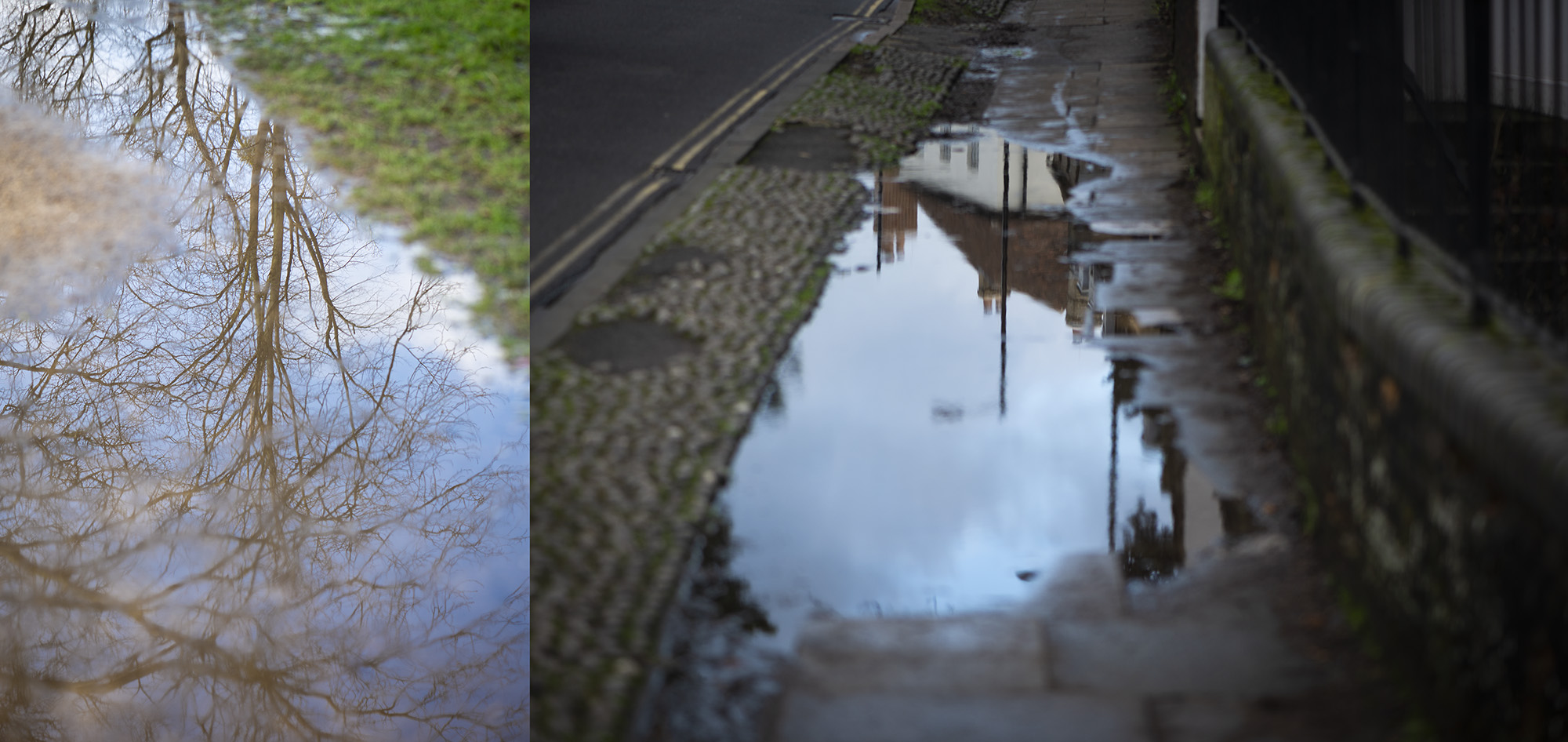
13) Rippled light shining from confetti at the foot of the font.
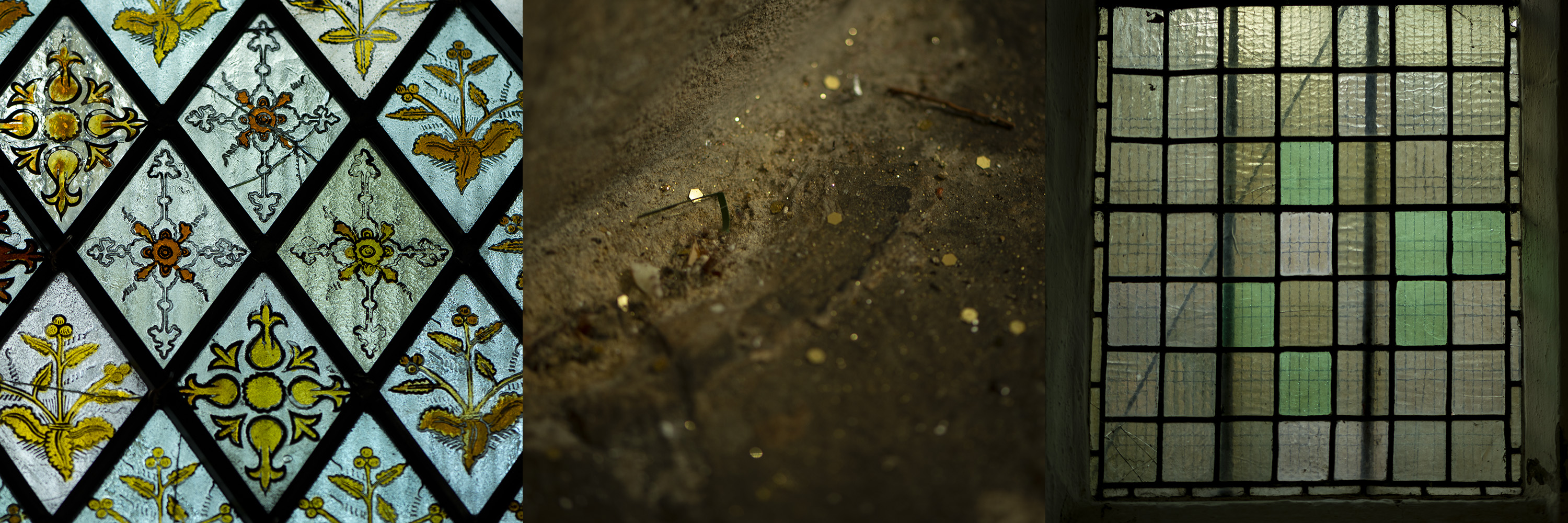
‘136 Norman fonts’ (Views.Relhan.136)
136b Cambridge – St Peter’s church, Norman, font
Lithograph by HI Hodgson, 1838
14) Casting the red rose.

‘Le Roman de la Rose’ (Cambridge, University Library, MS Gg.4.6)
Lover’s dream, rosebush behind; he sews his sleeve; he stands before vices painted on garden’s wall
The writing of this post has been funded by the AHRC-RLUK Professional Practice Fellowship Scheme for research and academic libraries.
